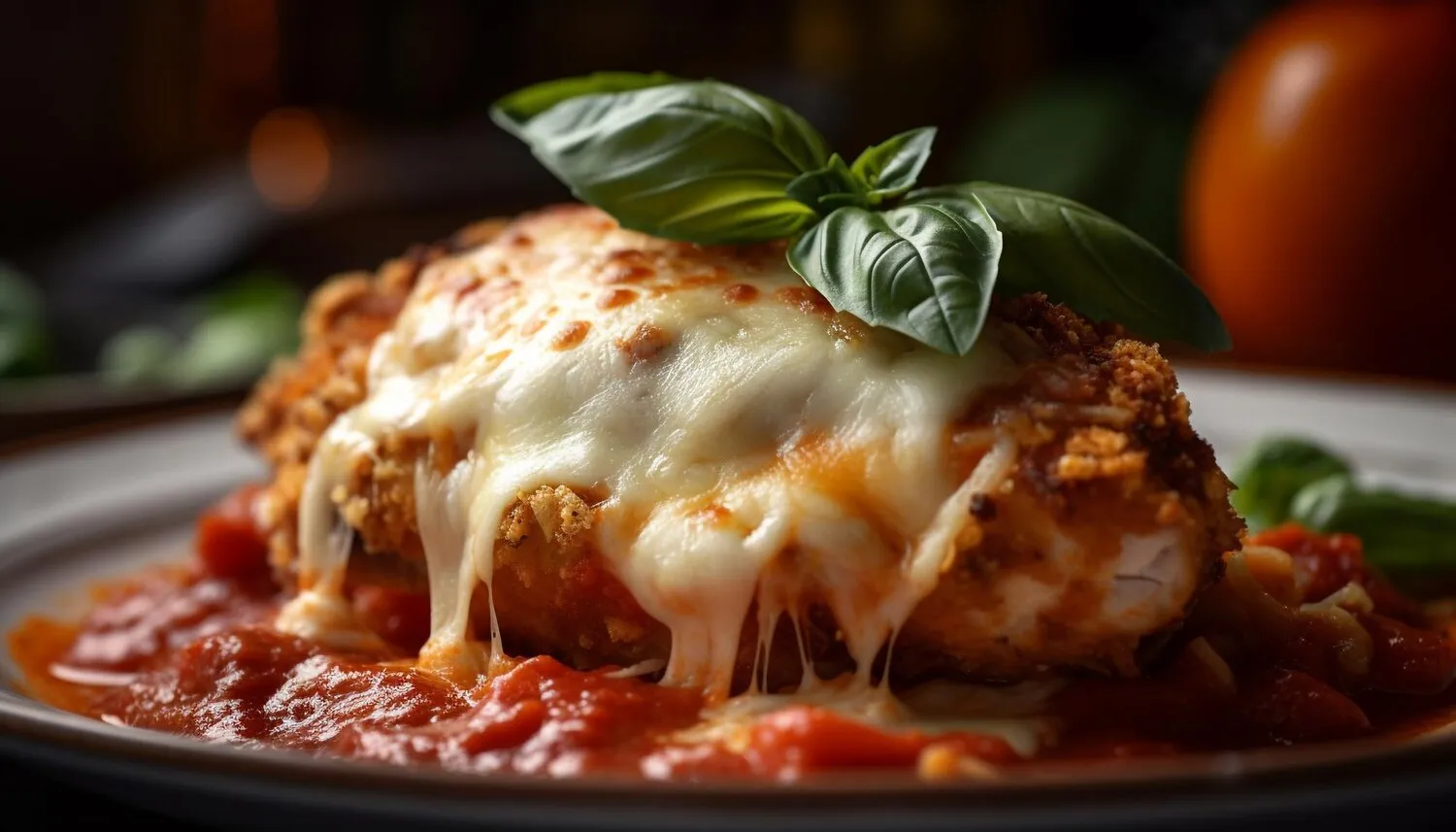
Tagliatelle al Ragù
Fresh tagliatelle pasta served with a slow-cooked meat sauce, a Bolognese classic.
Nutrition Facts
* The % Daily Value (DV) tells you how much a nutrient in a serving of food contributes to a daily diet. 2,000 calories a day is used for general nutrition advice.
Ragù, the base for Tagliatelle al Ragù, traces its origins back to the culinary traditions of Emilia-Romagna in Italy. While the exact evolution is debated, the dish likely emerged from the desire to create a hearty and flavorful sauce using readily available meats and local ingredients. Over time, it has evolved from simpler versions to the complex and nuanced recipes we know today.
Tagliatelle al Ragù is deeply ingrained in Italian food culture, particularly in the Emilia-Romagna region. It represents comfort food, family gatherings, and the appreciation for simple, high-quality ingredients. It's often served on special occasions and is a testament to the Italian tradition of slow cooking and savoring meals.
Family Tradition
Ragù recipes are often passed down through generations within Italian families, with each family having their own unique variations and secret ingredients.
Sunday Lunch
Tagliatelle al Ragù is a classic dish for Sunday lunch, a time for families to gather and enjoy a leisurely meal together.
Regional Pride
Different regions in Italy have their own versions of ragù, reflecting the local ingredients and culinary traditions. The Bolognese version is particularly famous.
Tagliatelle al Ragù offers a rich and savory flavor profile characterized by the umami depth of slow-cooked meat, balanced by the sweetness of vegetables and a touch of acidity from tomatoes and wine. The fresh egg pasta provides a satisfyingly soft and chewy texture.
The core flavors come from the ragù itself, typically a combination of ground beef, pork, and sometimes veal, simmered for hours with soffritto (a base of finely chopped onions, carrots, and celery), tomatoes (fresh or canned), dry red or white wine, and sometimes milk or cream. Herbs like bay leaf and nutmeg add subtle aromatic notes. The fresh tagliatelle pasta absorbs the sauce beautifully, enhancing the overall flavor experience.
Slow Cooking is Key
The longer you simmer the ragù, the more the flavors will meld together and deepen. Aim for at least 3 hours, or even longer for a truly exceptional result.
Use High-Quality Ingredients
The quality of the meat, tomatoes, and wine will significantly impact the flavor of the dish. Choose the best ingredients you can afford.
Don't Overcook the Pasta
Cook the tagliatelle al dente, so it retains a slight bite. It will continue to cook slightly when mixed with the hot ragù.
Fresh Pasta is Best
Fresh tagliatelle makes a world of difference! The texture and flavor are superior to dried pasta.
Explore additional Classic dishes and restaurants
Explore ClassicDiscover top dining spots and culinary experiences in Bologna.
Explore BolognaLearn more about the food culture, restaurant scene, and culinary heritage of Italy.
Explore Italy